Bee Safe! A Tale of Tainted Honey & How to Avoid It
Oct 20, 2011, Updated Sep 20, 2018
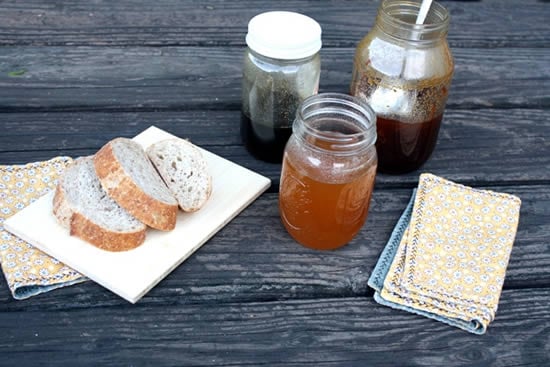
Eighty percent of the food we eat relies on pollination. One of the most glorious treats we consume comes straight from the pollinators themselves: Honey. While the problem of colony collapse disorder has received widespread attention, not many people know about the toxic result of this problem in our food supply.
In recent years, studies have reported the rapid collapse of honey bee colonies. What’s killing the bees is as widely debated as the methods used in attempts to fix the problem. Bee keepers’ methods range from organic to pharmaceutical, and it’s the latter that’s cause for food safety alarm.
In China, beekeepers are known to use a quick cure to fight bee disease through the use of ciprofloxacin, also known as Cipro. This potent antibiotic was used to treat anthrax in 2001 — it’s scary stuff. The FDA does not allow the use of this antibiotic in American food because there’s a real threat that it will cause bacterial resistance. Chinese honey has also been found to contain another harsh antibiotic, chloramphenicol, which has been linked to DNA damage and carcinogenicity.
According to Rowan Jacobsen’s Fruitless Fall, in 2006, “a random sample of Chinese honey, taken from a Florida honey packer . . . found 48 parts per billion ciprofloxacin in it.” He also writes that “an estimated 70 percent of Chinese beekeepers use antibiotics.”
There are additional reports that have found Chinese honey to contain heavy metals, like lead, from storage containers.
Furthermore, Chinese honey, when packaged for sale, rarely contains much of that thick syrup produced by bees. Instead, any number of products including corn syrup, rice, or barely products are combined to create “funny honey” — far cheaper to produce than honey. It looks and slightly tastes like the golden syrup — but there’s not much honey to it.
But that’s honey in China, right? What’s that have to do with you and me?
Sadly, according to a Food Safety News report, America’s top honey packers are using tainted Chinese honey, despite a ban, by “laundering” the honey. Chinese honey is shipped to other countries like Thailand or India, relabeled, and imported to America. The FDA is largely ignoring the problem.
So, that bottle of honey you just purchased from your big chain supermarket? There’s no way of knowing where that honey came from — and packagers are not required to list its country of origin. You won’t find a “made in China” stamp.
From a consumer standpoint, there’s almost no way to know whether your honey is safe. Almost. The one surefire way to ensure that you’re getting 100% pure, contaminant-free honey is to shop locally. According to a Grist.org report, “four or five of the 12 major U.S. honey packers are responsible for most of the illegal purchases.” Find a local beekeeper and buy directly from them.
In Illinois, beekeepers joined forces to improve legislation making it easier for small-scale producers to sell their honey to the public. At many local farmers markets across the country, you’re likely to find local honey for sale.
Of course, this only solves part of the problem. In the U.S., 65% of our honey consumption comes from sweetened, processed foods like cereals and breads. If you want to be certain your honey mustard, your bread, or your breakfast don’t contain “funny honey,” you’re better off making them from scratch.
Hungry for honey? Here are some great, unprocessed recipe ideas:
- I make Double Jack Quesadillas with Honey & Seasonal Fruit Salsa at Awake at the Whisk.
- Hank Shaw makes his own honey mustard at Hunter, Angler, Gardener, Cook.
- White on Rice Couple makes homemade wheat bread with honey.
- Last year’s October Unprocessed featured my Date Cocoa-Nut Candy and Kimberly Morales’ Honey-Nut Amaranth Alegrias.
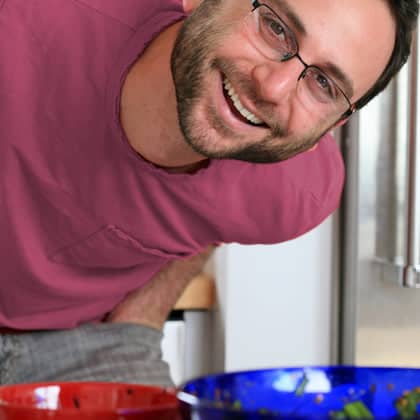
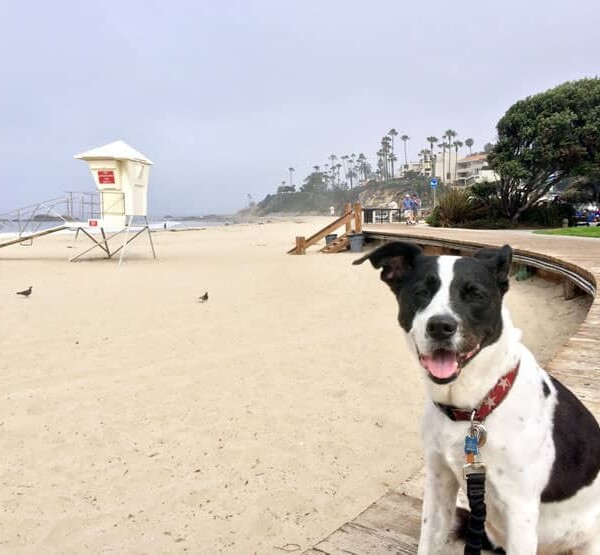

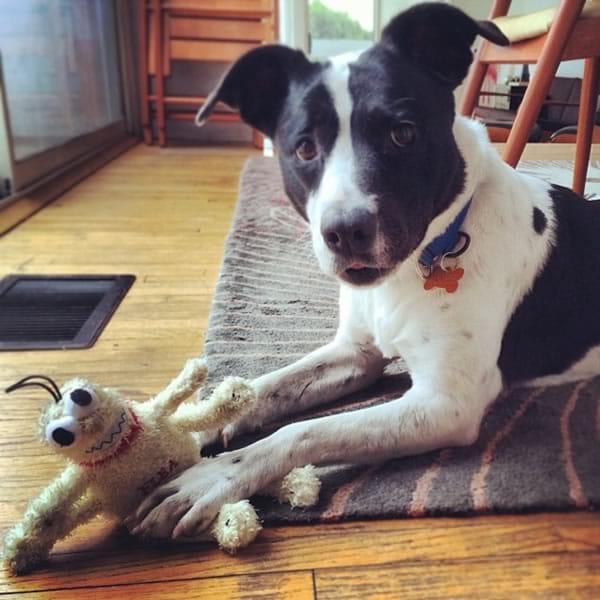
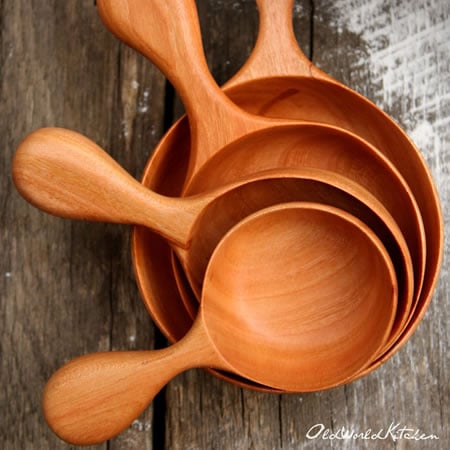





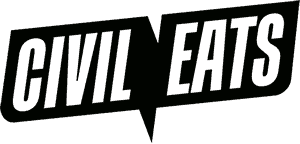
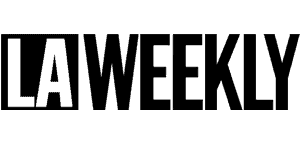






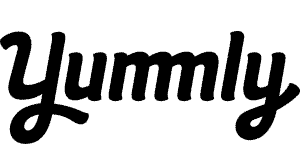

Don–Wow! What a gross experience. I’m sorry to hear it. I bet you’re going to love your farmers’ market honey! I love how many different kinds and flavors they have. My current favorite is mountain wildflower–it looks like tar and tastes like molasses. Yum! 🙂 I’ve seen carrot honey and cactus honey, too. Each so unique and tasty! Good luck finding your new favorite!
I’m hoping it wasn’t tainted honey – but it was a mouth full of crap. I admit I buy my honey in a big box store and it’s usually in a bottle shaped like a bear. Last time, I grabbed a bottle without looking too closely. Tasted like a mouthful of chemicals – turns out it was “honey flavored syrup” – conveniently placed right next to the honey. Nasty crap – mostly high fructose corn syrup. It only looked like honey – didn’t taste like it all.
That Farmer’s market is looking better all the time.
Ena–Wow! When can I come visit?! 🙂 Your honey adventures sound magical. My dad used to buy honey in the comb when I was a little girl. I have seen some local beekeepers selling it that way in my town. What a treat! Thanks for reading and sharing your story.
In my country, it is the easiest thing to find organic honey (in fact, most bee keepers never use the word ‘organic’ because they’re not familiar with it, for them it’s just ‘natural honey’). In fact, I get it abundantly during the year and I almost take it for granted. But after reading this, I realise how lucky I am. Sucking honey from the comb taken out just a minute before on Bosnian mountains is one of the best things there is.
Charles: Oooh! Honey custard! Now this I’ve got to try. Thanks for the hot tip!
Thanks for the info. Had already decided to pursue honey as an unprocessed sweetener that could be purchased locally. This recipe worked out pretty well for me.
Local Honey Custard: 2 cups local milk, 4 local eggs, 1/4 cup local honey. Whisk together and cook slowly, stirring constantly, over a double boiler until custard sets at about 170F. Serve warm as a sauce or chill to set to a pudding. Goes great with cherries (local of course, when in season)
Wow! I had no idea. None! Now I’m wondering about the giant jug of honey in my cupboard. Well, as you pointed out, the best way to go is shop local. Great post, Amber.
Thanks, Rowdy Chowgirl! 🙂 Happy to shed light on this problem. I’m guessing you have some amazing options with the multitude of markets in your neck of the woods. In fact, I need to check out the Seattle honey next time I’m in town. Seaside honey bees must make some lovely nectar!
Well-written, informative article, Amber. Thanks for sharing this information. Scary! I am so happy to live in an area where local honey is abundant… and delicious. Dawn (Sacramento)
Dawn, I agree! Sac has so many great options from our farmers’ markets to Corti Brothers to Bee Keeping Supply Store. What a delicious city! 🙂
Great information. I’m fortunate to acquire my honey from a friend’s local organic farm. She also shares her organic eggs with me, and occasionally lets me babysit the chickens and the farm. Her wonderful honey makes all the difference in my cooking and jams.
-the redhead-
Wow! That sounds like a great friend to have. The honey is the above photo was also gifted to me by a wonderful beekeeper. It’s inspiring to hear their stories!
Thanks for the opportunity to be part of October Unprocessed once more! What’s happening to our honey is such an important issue. I’m glad to get the word out and work with Eating Rules again! 🙂